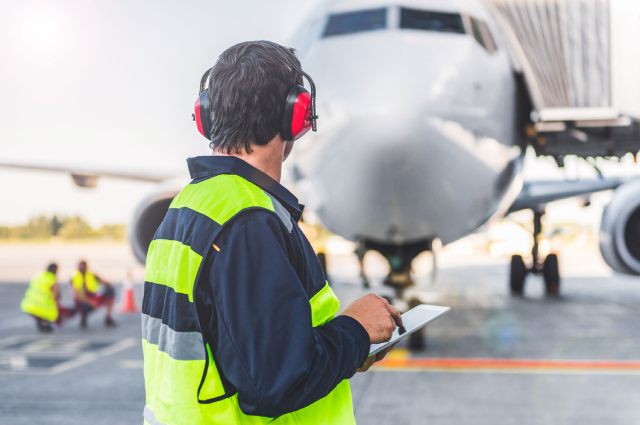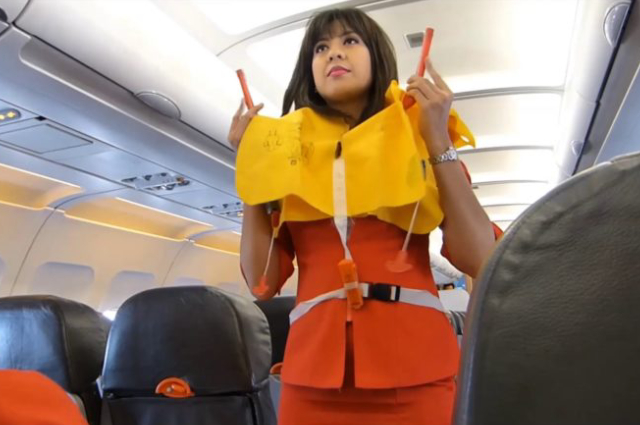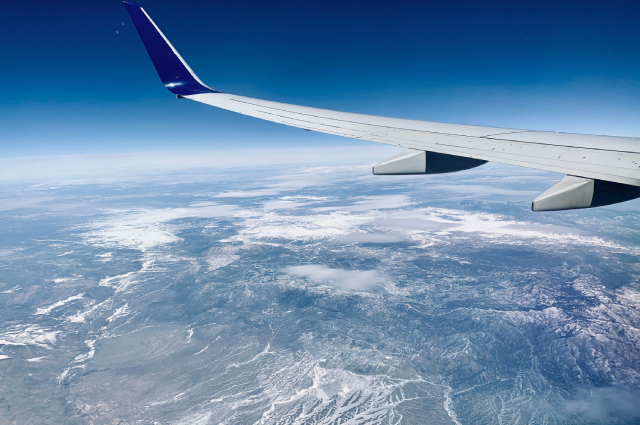With globalisation more people are travelling across the world. Aviation industry has made it possible by connecting people from every nook and corner of the world.
Though some of the recent air accidents may chill our nerves, still flying is considered as the quickest form of transport that assures 100% percent safety for both passengers and their goods. Practically, there is more chance of getting killed while walking down the pedestrian-cross or riding a bicycle in the safe zone. Fatality rate due to travel by rail was found to be 0.27 by rail, 2.57 by car and 0.003 by air.
Safety As A Major Concern
Safety has been the first priority in the aviation industry, but unexpected aviation accidents are still nightmares. Risk management, training, and technology have brought commendable improvements in the aviation industry.
The updated, technically sound risk management tools are successful in identifying even negligible issues and prevent them from turning into significant issues. Aircraft safety inspections and investigations for air accidents have also become effective due to excellence in quality control and manufacture.
Reduced Human Errors
Significant changes in the safety management have totally modified the view of human factor in the air line sector. Cockpit data monitoring systems utilize digital audio and visual recording equipment to identify safety trends that can help to explore causes for accidents.
Aviation accidents always involved an element of human error. The tools that help to run airline risk management departments and identify problems before they become critical, have also improved greatly.
Though there are several factors that take responsibility for improvement, jet engines in 1950s brought in the much-awaited development. Unlike piston engines used in the earlier flights, jet engines provided reliability and safety. In today’s context, it has been proved that chances for any engine failure has been eliminated completely by it.
Introduction of digital instruments in the 1970s and the fly-by-wire technology in the 1980s are also worth to notice. Tremendous improvement in air-traffic control technology, sensors, and navigation equipment has also brought the ultimate change.
Changes in aircraft designs are also much sought after to make flights more affordable even to the common man. Not only this, the growing concern for healthy environment may have an impact in the aviation technology. Solar powered planes, electric and hybrid planes are also available with their new techniques and designs to uplift air travel to a different level.




